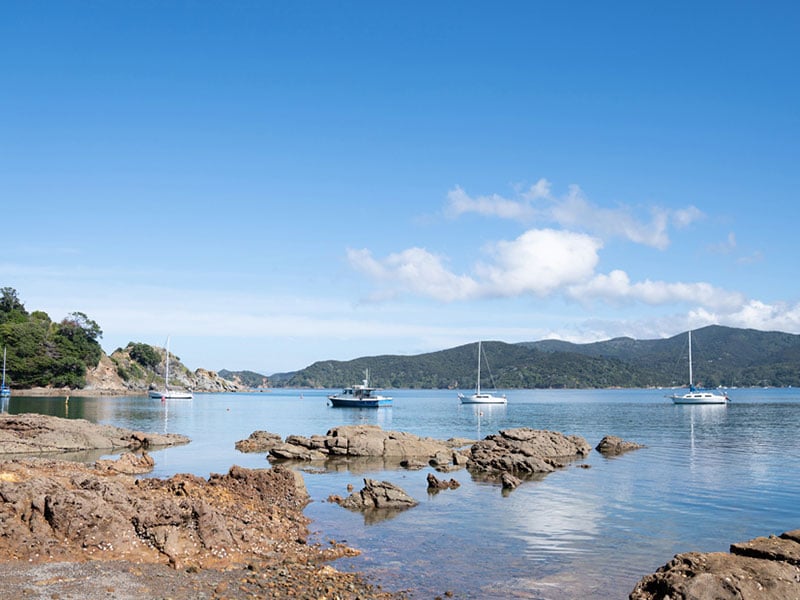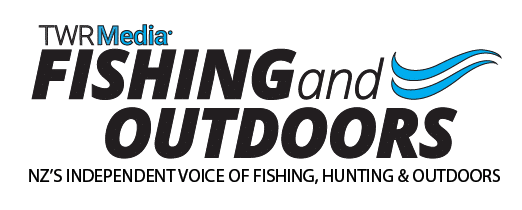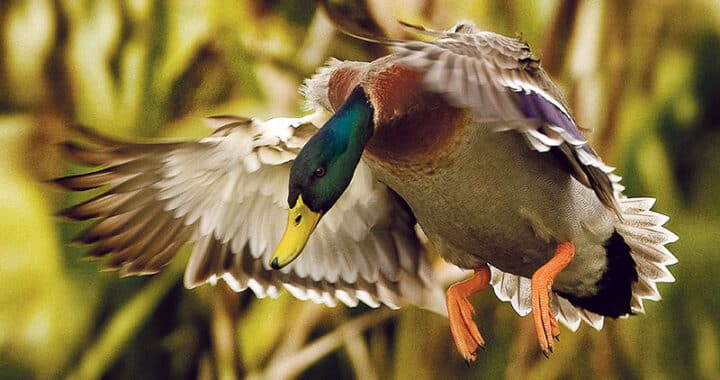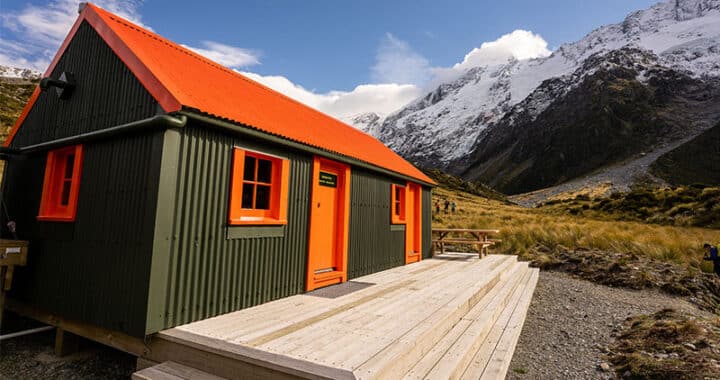Restrictions in place to stop spread of non-native seaweed at Aotea Great Barrier Island
2 min read
Biosecurity New Zealand has placed a Controlled Area Notice (CAN) on the three harbours through to June next year. Photo: Supplied
There are restrictions on some water activities in parts of Great Barrier Island to prevent the spread of an invasive non-native seaweed that’s been found there.
Caulerpa brachypus is widespread in Blind Bay and also present in Tryphena and Whangaparapara Harbours. If uncontrolled, this pest seaweed could overrun native marine life.
While work is underway to understand the situation and how best to manage it, Biosecurity New Zealand has placed a Controlled Area Notice (CAN) on the three harbours through to June next year. Response partners Ngāti Rehua Ngāti Wai ki Aotea have imposed a rāhui on the same areas.
Under the CAN, fishing and seafood gathering inside the three harbours is prohibited, though the waters can be used for any other activities so long as no anchor is dropped. If vessels anchor, a permit is required from Biosecurity New Zealand to weigh anchor and move on.

These rules are in place because Caulerpa can be spread easily once broken into smaller pieces, either through wave action or disturbance by human activity and related equipment, including fishing and dive gear, as well as anchors.
Boats can still be launched in the three harbours, so long as any fishing or diving is done outside of the affected areas. Any seaweed or plant matter found on equipment should be cleaned off prior to leaving a controlled area and returned to the same waters it was found. Equipment that has been in contact with plant matter from any of the three harbours must be cleaned with fresh water and dried inside and out, then left to stand for 48 hours before returning to ocean use.
If you are in, on or around Aotea Great Barrier Island and suspect you have found Caulerpa brachypus, you should make a note of the location, take a photo if possible, and contact Biosecurity New Zealand at 0800 80 99 66.
To check the rules and find out more information, visit biosecurity.govt.nz/Caulerpa.



